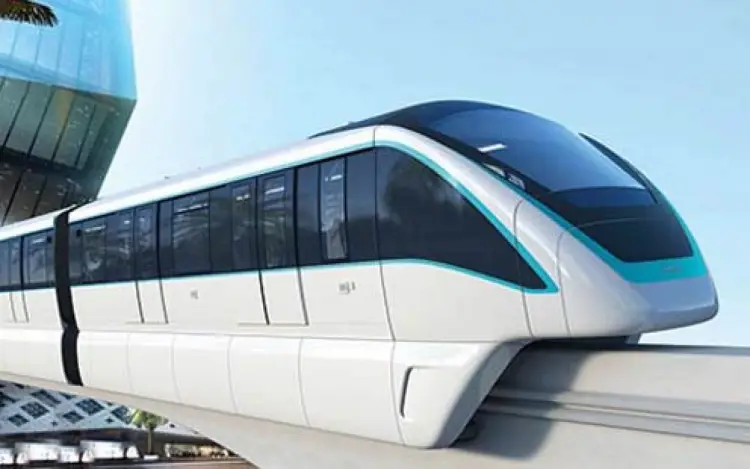Revolutionizing Connectivity: The Transportation Infrastructure of the New Administrative Capital
The development of transportation infrastructure in Egypt’s New Administrative Capital (NAC) aims to ensure seamless connectivity within the capital and enhance transportation options for residents and visitors. Here are some key details:
Road Networks
NAC has been designed with an extensive road network to facilitate smooth traffic flow. The plan includes wide streets, main roads, and local streets connecting different areas of the capital. The road infrastructure is designed to accommodate increased traffic volume and improve connectivity.
Trains and Metro
Trains and metro systems are among the best transportation options in NAC, adhering to the highest European specifications and covering vast areas within and outside Greater Cairo. The notable trains include:
Electric Train: Expected to be a vital lifeline, connecting Greater Cairo with all neighborhoods, cities, and even governorates. Similar to subway trains, it operates via electric traction, ensuring no environmental pollution. The electric train will have 12 stations in the first and second phases, with main stations like Adly Mansour, Al Obour, Al Mostakbal, Al Shorouk, Heliopolis New, Badr, and interchange stations for the New Administrative Capital and 10th of Ramadan.
Monorail: A high-quality suspended train considered a key element for commuting to and from NAC. It will feature 17 stations across the first and second phases, starting from the Stadium Station in Nasr City, passing through Al Mosheer Tantawy Axis, Street 90 in New Cairo, and ending at the New Administrative Capital.
High-Speed Train: This train will not only connect NAC to Cairo but also to surrounding governorates such as Alexandria and the Red Sea. It will pass through Al Alamein, 6th of October City, Alexandria, and Ain Sokhna with six stations. The travel time between NAC and Alexandria will be just 40 minutes, and it is expected to reach Aswan in 4 hours.
Public Transportation
NAC is expected to have a comprehensive public transportation system, including bus networks integrated with Cairo’s existing metro system. A new metro line, known as Line 4, is planned to connect the capital area with Greater Cairo, providing convenient transportation for commuters.
High-quality electric buses will be implemented for commuting from various Cairo areas like the Fifth Settlement, Ramses, Al Salam, Giza, and others. Initially, 20 buses running on natural gas will transport citizens directly to NAC or to monorail stations.
Highways and Bridges
The development includes constructing highways and bridges to improve connectivity with surrounding areas. These infrastructure projects aim to facilitate smoother traffic flow and reduce congestion. For example, the regional ring road is being expanded to provide better connectivity with NAC.
NAC is connected by three main roads:
- Suez Canal Axis: Links the new capital with Cairo and serves residents with a dedicated heavy transport lane.
- Middle Ring Road: Connects Suez and Ain Sokhna to Cairo, passing through NAC.
- Regional Ring Road: Connects NAC with all governorates in the republic, accessible via buses on this route.
Intelligent Transportation Systems
NAC is equipped with intelligent transportation systems to enhance traffic management and improve the overall transportation experience. These systems may include traffic monitoring, adaptive traffic signal control, and information systems to provide real-time updates for passengers.
Parking Facilities
Convenient parking facilities are being developed in NAC to accommodate the increasing number of vehicles. These may include multi-level parking structures and designated parking areas at various locations to ensure easy access to different destinations within the capital.
Cycling and Pedestrian Infrastructure
NAC aims to create a pedestrian-friendly


